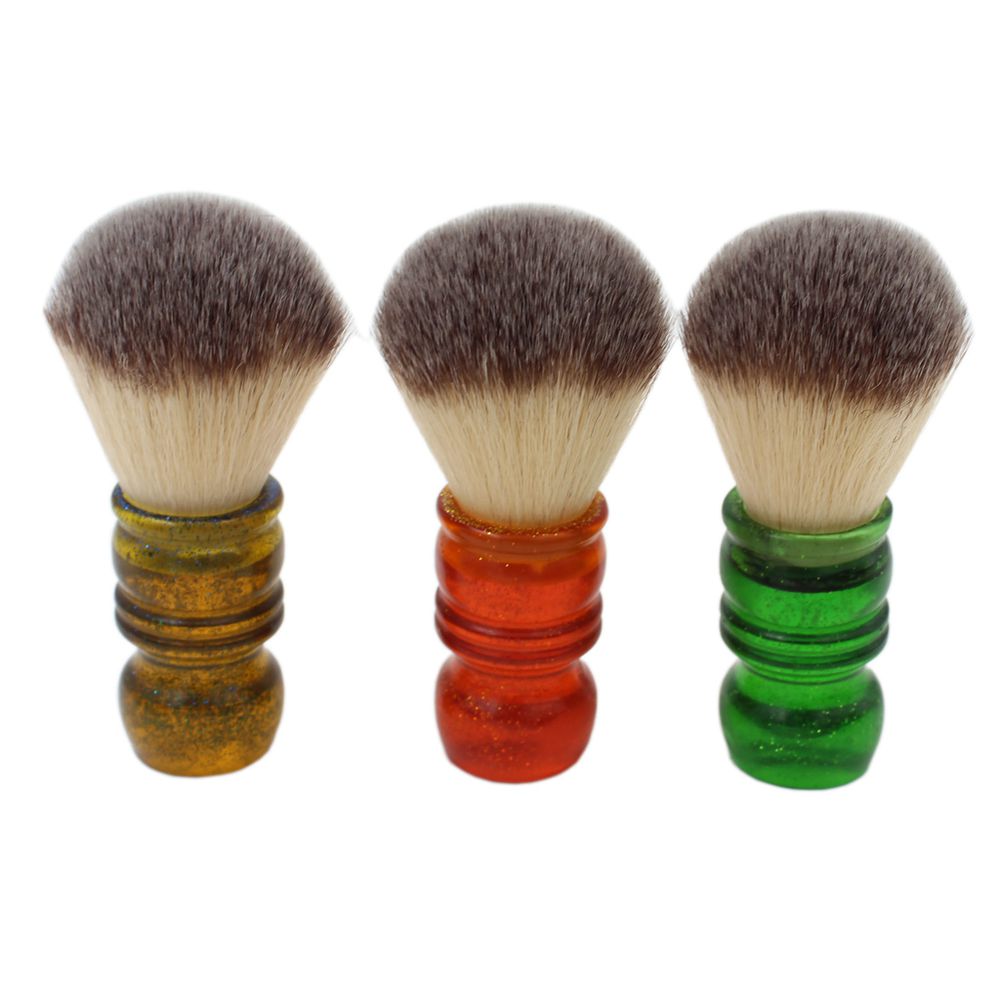Industry news
Shaving Brush Start - ups: Disrupting the Traditional Market
- 189 Views
- 2025-08-10 02:32:23
Shaving Brush Start-ups: Disrupting the Traditional Market with Innovation and Agility
The shaving brush, a staple of men’s grooming for over a century, has long been dominated by legacy brands steeped in tradition—names like England’s Kent, Germany’s Mühle, and Italy’s Omega. These giants built their reputations on craftsmanship: hand-turned handles, premium badger hair bristles, and a commitment to time-honored techniques. Yet, in recent years, a wave of start-ups has emerged, challenging this status quo. By leveraging modern materials, digital-first strategies, and a finger on the pulse of evolving consumer demands, these agile newcomers are not just competing—they’re redefining what a shaving brush can be and who it’s for.
The Traditional Market: Strengths and Stagnation

For decades, the traditional shaving brush market thrived on exclusivity and heritage. Legacy brands marketed their products as “luxury tools,” often pricing brushes at $100–$300, targeting discerning consumers willing to invest in a “lifetime purchase.” Badger hair, prized for its softness, water retention, and lathering ability, became the gold standard. However, this model had limitations: reliance on animal-derived materials raised ethical concerns (badger hunting regulations vary globally, and PETA reports highlight cruelty risks in sourcing); designs remained classic but static, catering to an aging demographic; and distribution through brick-and-mortar retailers or high-end department stores limited reach. By the 2010s, market growth had slowed, with legacy brands struggling to connect with younger consumers raised on convenience and personalization.
The Rise of Start-ups: Fueled by Changing Tastes
Enter the disruptors. Since 2015, start-ups like New York’s Dr. Carver’s, London’s The Shaving Co., and Berlin’s EcoShave have gained traction, driven by three key trends:
1. The “Modern Grooming Renaissance”
Millennial and Gen Z men are investing more in self-care: Statista data shows the global men’s grooming market will hit $81.2 billion by 2024, up 20% from 2019. These consumers seek products that align with their values—sustainability, transparency, and uniqueness—rejecting “one-size-fits-all” legacy offerings.
2. Ethical and Sustainable Demand
Animal welfare concerns have pushed shoppers toward vegan alternatives. Start-ups responded with synthetic bristles engineered to mimic badger hair’s performance. For example, Dr. Carver’s “Synthetic Silk” fibers use nano-denier technology to create ultra-soft, water-absorbent bristles that lather as well as badger hair—without the ethical baggage.
3. DTC (Direct-to-Consumer) Agility
By selling online exclusively, start-ups cut out retail markups, pricing brushes at $30–$80—affordable for younger buyers. They leverage social media (TikTok tutorials, Instagram UGC) to build communities, turning customers into brand advocates. EcoShave, for instance, grew 300% in 2023 by partnering with male grooming influencers to demo its “Zero-Waste Brush,” made from recycled aluminum handles and plant-based bristles.
Innovation: Beyond Materials—Design and Tech
Start-ups aren’t just copying legacy quality; they’re reimagining the product. Key innovations include:
- Modular Design: The Shaving Co.’s “TravelPro” brush features detachable bristles for easy cleaning and compact storage—ideal for frequent travelers, a segment legacy brands overlooked.
- Smart Materials: Berlin’s BrushLab uses 3D-printed handles from recycled ocean plastic, appealing to eco-conscious buyers, while its “Adaptive Bristles” adjust stiffness based on water temperature, preventing irritation for sensitive skin.
- Customization: Brands like PersonalShave let customers engrave handles, choose bristle density, or mix colors—turning a utilitarian tool into a personal statement.
Impact on the Industry: Legacy Brands Fight Back
The disruption hasn’t gone unnoticed. Legacy brands are adapting: Kent launched its “EcoSynthetic” line in 2022, while Mühle now offers vegan brushes alongside its badger hair classics. Some have even acquired start-ups—Omega’s 2023 purchase of sustainable brand GreenBrush gave it access to younger markets. Yet, start-ups retain an edge: their smaller size lets them iterate faster. When BrushLab noticed demand for “ergonomic handles” via social media comments, it redesigned its bestseller in six weeks; legacy brands typically take 12–18 months for product updates.
The Road Ahead: Coexistence and Growth
The future isn’t about start-ups replacing legacy brands—it’s about coexistence. Legacy brands will continue to serve traditionalists valuing heritage, while start-ups capture the growing base of modern, values-driven consumers. Together, they’re expanding the market: global shaving brush sales are projected to rise 15% by 2026, up from 8% pre-2015. For consumers, this means more choice, better technology, and products that reflect their lifestyles—proof that even a century-old tool can be reborn through innovation.











